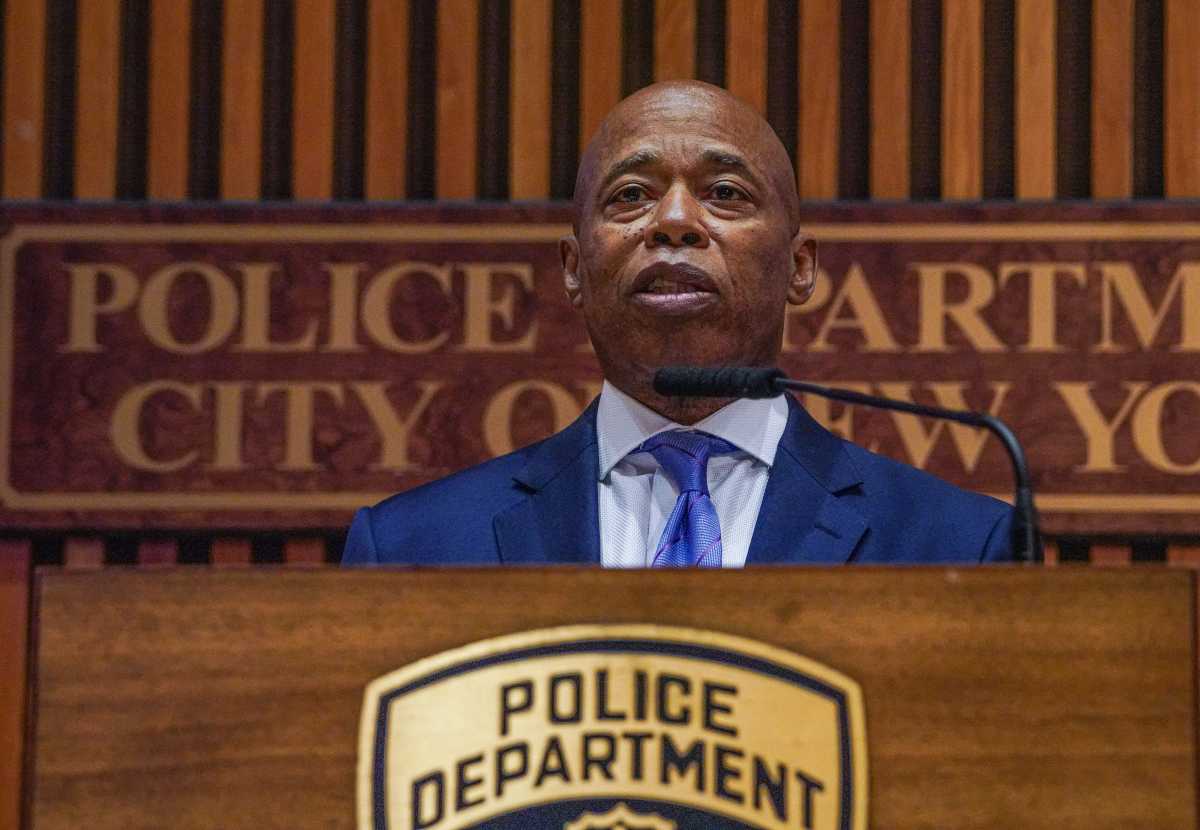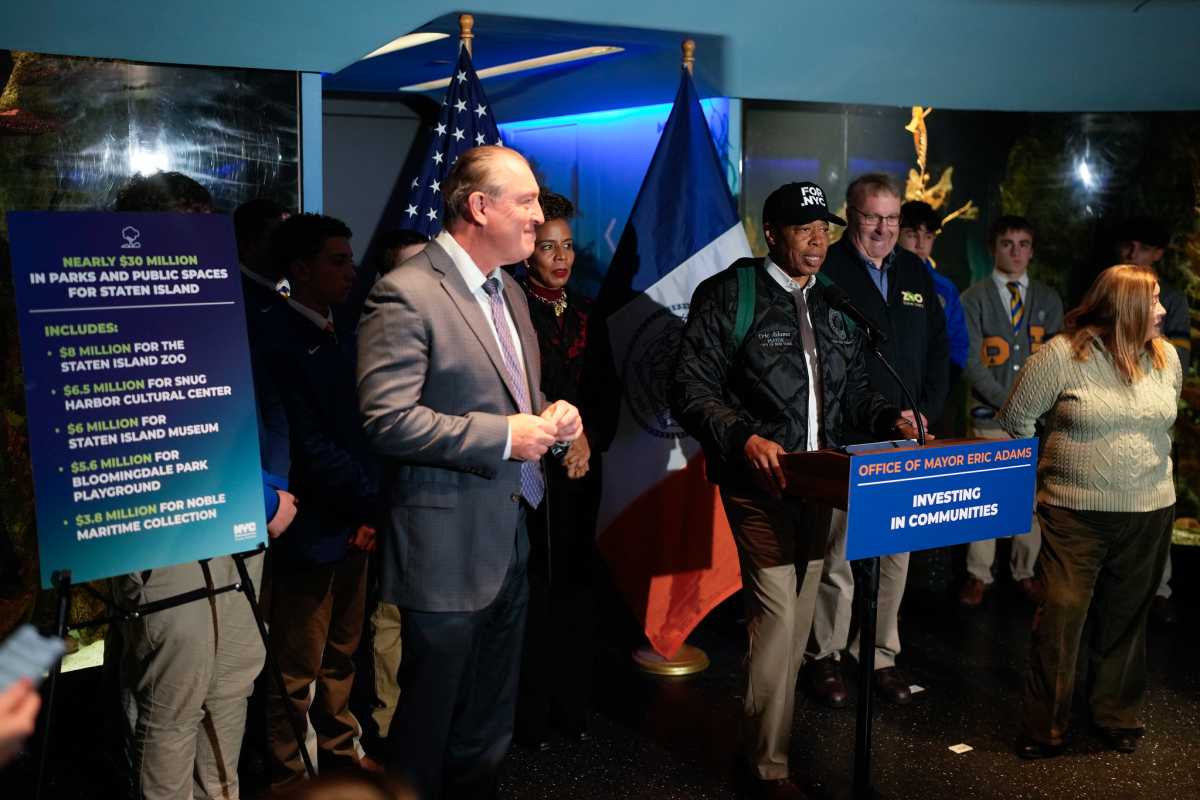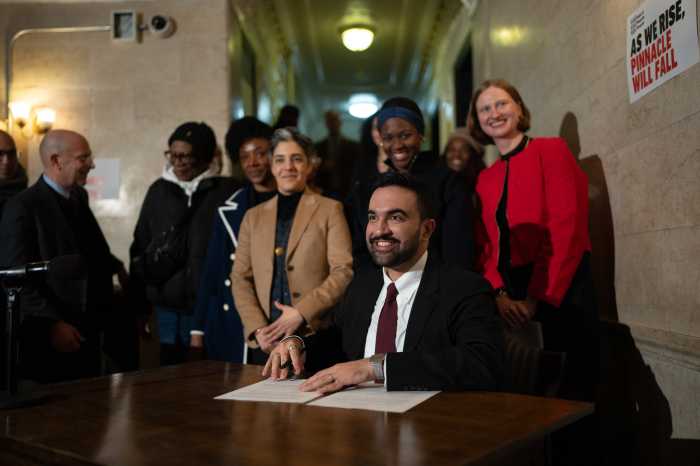Mayor Bill de Blasio and other city officials are floating the idea of legalizing illegal basement apartments and other units as a way of dealing with the need for more affordable housing in our city. The outgoing chairwoman of the City Planning Commission, Amanda Burden, has said we must accept an increase in density and height in our neighborhoods if we are to accommodate all those needing housing. She admitted this would be a hard sell in most areas of the city.
These proposals should send up red flags across the city. Many civic organizations have fought against illegal conversions and overdevelopment for many years. Civics have lobbied for rezoning of our neighborhoods that would maintain the character of those communities. Those rezonings have been accomplished with the help of elected officials and the City Planning Commission.
We must not move backward and negate those rezonings by allowing legalization of units that will overburden the infrastructure of existing communities. In addition, many schools in our city are overcrowded, especially here in northeast Queens. Cramming additional people into already stressed areas will strain those educational resources.
We must also consider the plight of individual homeowners who invested money to afford a home in our city. If they chose to live in a single-family district, or any other area for that matter, and supported zoning that protected those areas from overdevelopment, why should the city be able to overrule those protections to remediate the need for more housing units? We must also consider the safety of the people who would live in these newly legalized units.
Yes, we need more units of affordable housing in our city, but there have to be other solutions that would not impinge on the rights of current homeowners. When you look at some of the huge projects already underway in certain parts of the city, perhaps more units should be set aside for affordable housing homes and less units for luxury and market priced units.
Two examples that come to mind are the Flushing Commons and the Willets Point projects. Those projects and others must also take into account their impact on existing neighborhoods, businesses, schools and traffic and adjust plans accordingly.
These are all complex issues requiring careful planning and thought to address everyone’s needs and desires.
Henry Euler
Bayside




































